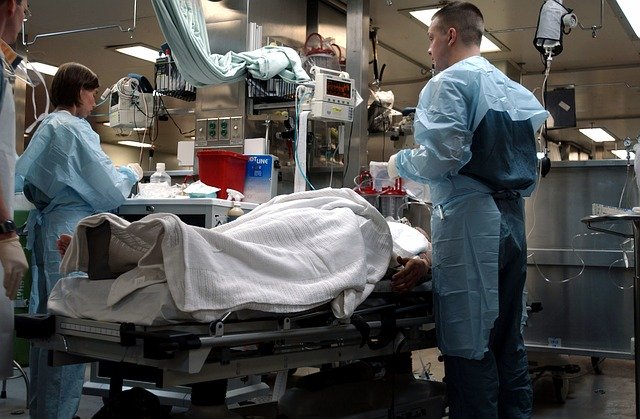Many South Africans were dismayed when President Cyril Ramaphosa announced that the sale of alcohol would be prohibited with immediate effect during his national address on July 12, in order to lesson strain on hospital resources. The Sentinel Trauma Report reveals that the initial ban brought a decrease of up to 50% in trauma admissions at five Western Cape hospitals.
When the ban on alcohol was then lifted on June 1, the number of trauma cases at these hospitals immediately increased by 62%.
According to TimesLIVE, the statistics were released by the National Department of Health. The authenticity of the report was confirmed by spokesperson to Premier Alan Winde, Bianca Capazorio.
The report analysed cases from the George Regional Hospital, Groote Schuur Hospital, the Heideveld Emergency Centre, the Mitchells Plain District Hospital and Tygerberg Hospital.
“As we approach the peak of the COVID-19 epidemic, our hospital emergency centres are being inundated with severely ill Covid-19 patients requiring stabilisation, emergency management and admission for further care,” the report, called report reads. “This increase currently has and will continue to stretch emergency centre capacity; it has increased the number of admissions to wards; and it is depleting our ability to effectively manage and prevent the mortality from the double burden of Covid-19 and trauma deaths as we approach peak.”
“We would like to maintain the firm recommendation that the alcohol ban be reinstated to minimise the impact on our health services in their ability to manage COVID-19 in the Western Cape,” the report reads.
In the two months before the lockdown restrictions were initially put into place and before the alcohol ban had been implemented, the number of trauma cases in the province was alarming. Comparisons with two months of lockdown reflected a drop in all categories including self-harm, sexual offences, and gender-based violence.
“Prior to lockdown there is a consistent trend of weekend spikes of 140-160 trauma cases across the 5 facilities sampled. The average (median) across the period was 89 daily trauma cases,” reads the report.
Stab wounds dropped from 974 to 360, blunt force wounds decreased from 604 to 290, motor vehicle accidents dropped from 389 to 125 and gunshot wounds went down from 193 to 186.
“Immediately after the ban is lifted the average (median) during the period increases to 81 trauma cases per day (62% increase).”
After the lifting of the ban there was an increase in the average number of road fatalities from 1.44 to 3.77, a 160% rise.
Picture: Pixabay

